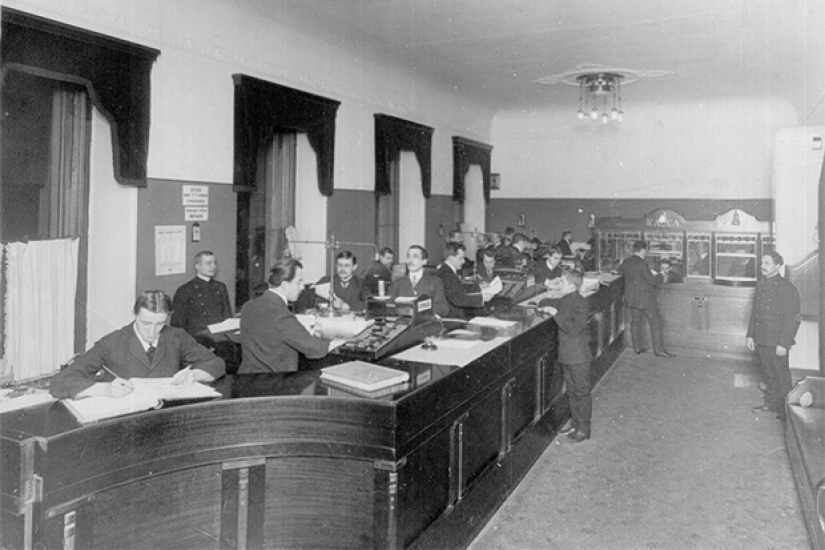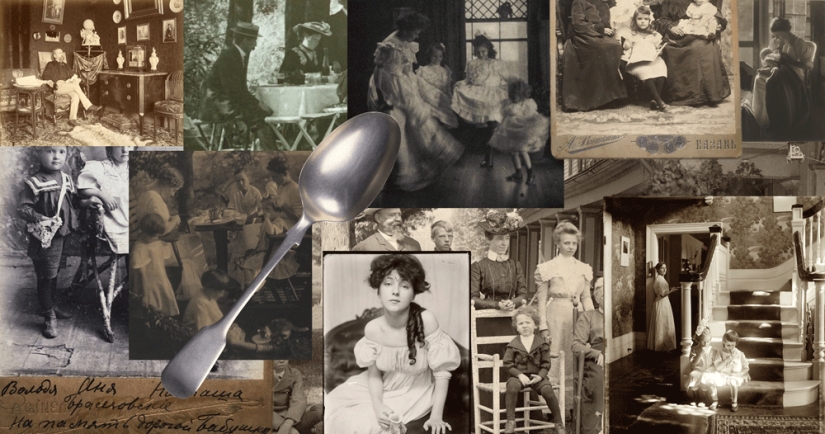Decree after decree: how would you get rid of your property in 1917-18
Step by step, decree by decree — at first you have a measured life, an apartment, savings and other property, and after a few months - only illiquid papers and silver spoons.
Doctor of Economics Yakov Mirkin in the online publication Another View described the step-by-step process of how a Russian middle-class family was deprived of all its property in 1917.

An apartment for the middle class in St. Petersburg of the early twentieth century. Most often they were 3-6-room apartments, with electric lighting, bathroom and toilet rooms. Quite often with the phone. The middle class living in such apartments are officials up to the state councilor, officers up to the foreman, gymnasium teachers, teachers of higher educational institutions, as well as from artists and writers to engineers, sworn attorneys (lawyers) and doctors with individual practice.
 Your piece of land is confiscated free of charge. Private ownership of land is abolished (Decree of the All-Russian Congress of Soviets of October 26 (November 8), 1917).
Your piece of land is confiscated free of charge. Private ownership of land is abolished (Decree of the All-Russian Congress of Soviets of October 26 (November 8), 1917).
Your house is in the city – it's gone. The right of ownership of land plots and buildings within cities (within limits) is abolished (Decree of the Council of People's Commissars of November 23 (December 6), 1917).
They open your deposit boxes in banks and confiscate all the gold (coins and bullion) that are there (Decree of the Central Bank of December 14, 1917). If you do not come yourself with the keys, everything inside is subject to confiscation.

The operating room of the pre-revolutionary Bank in St. Petersburg
Cancellation of government bonds that you owned (Decree of the Central Executive Committee "On Cancellation of Government Loans" dated January 21 (February 3) 1918). Prohibition of monetary settlements with foreign countries (Resolution of the People's Commissariat for Financial Affairs of September 14, 1918). Prohibition of transactions with foreign currency within the country. In a two-week period, hand over all the currency (Resolution of the People's Commissariat for Financial Affairs of October 3, 1918). You stop paying pensions above 300 rubles monthly (decree of the SNK of December 11, 1917).

Your share in the partnership is no longer there. One after another there are decrees on the nationalization of enterprises, banks, insurance organizations, etc. Publishers, pharmacies, music stores. Private collections (Shchukin, Morozov, etc.). "Confiscate mines, factories, mines, all living and dead inventory." Confiscations one by one. "For the unauthorized abandonment of their position or sabotage, the perpetrators will be brought to the revolutionary court."

The queue in Petrograd.
To finish off your property – a one-time emergency ten billion tax from the propertied persons (Decree of the Central Executive Committee of November 2, 1918). Moscow – 2 billion rubles, Moscow province - 1 billion rubles, Petrograd - 1.5 billion rubles. Plus, the rights of local authorities "to establish one-time extraordinary revolutionary taxes for persons belonging to the bourgeois class" "Should be levied primarily in cash" (Decree of the SNK of October 31, 1918).

Keywords: 20th century | Pre-revolutionary era | Revolution
Post News ArticleRecent articles

Most of us think that the color of the eggshell does not play any role and it is possible not to pay attention. But it's not and ...

The more we rely on technology, the more potential power hackers gain over us. It doesn't matter if their goal is to help or cause ...
Related articles

The Indochina Peninsula, located in southeast Asia, is a favorite place for tourists all over the world. Myanmar, Thailand, Laos, ...

About each nation there are stereotypes. For example, the Germans say that they love the "Ordnung", discipline and purity. This ...

The period of the Civil war will forever remain in history as a time of anarchy, violence and destruction. This era has produced ...

Creating a good portrait is one of the most difficult tasks for any photographer. In order to make a really natural and memorable ...